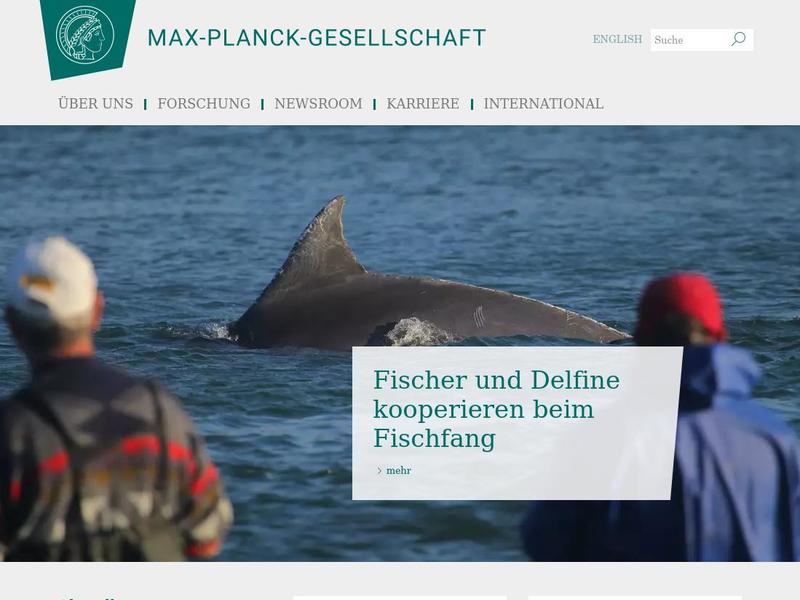Ancient genome reveals its secrets https://www.mpg.de/6328259/denisovan_genome1
Max Planck researchers describe Denisovan genome, illuminating the relationships between Denisovans and present-day humans. The analyses of an international team of researchers led by Svante Pääbo of the Max Planck Institute for Evolutionary Anthropology in Leipzig, Germany, show that the genetic variation of Denisovans was extremely low, suggesting that although they were present in large parts of Asia, their population was never large for long periods of time. In addition, a comprehensive list documents the genetic changes that set apart modern humans from their archaic relatives. Some of these changes concern genes that are associated with brain function or nervous system development.
Replica of the finger bone fragment of a Denisovan hominin on a human hand.

